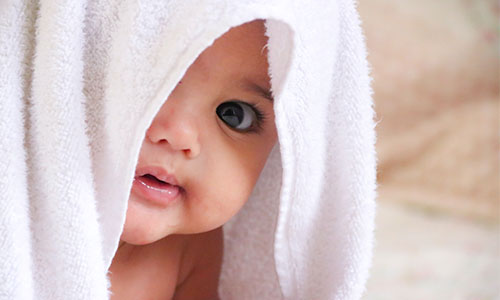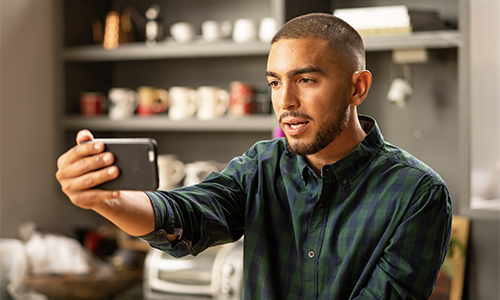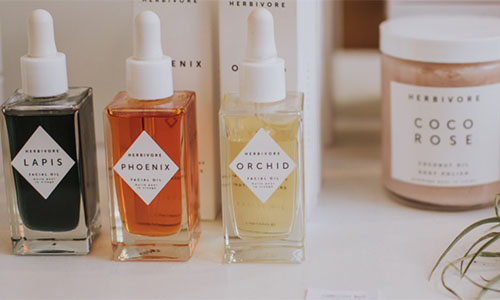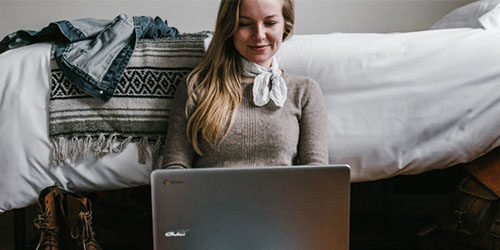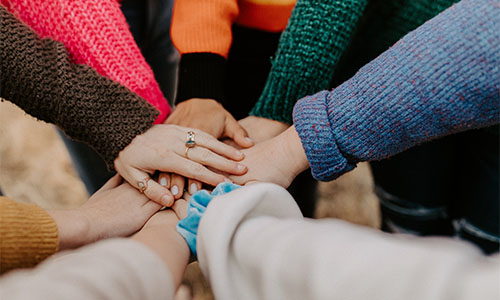Creative and inspiring use cases of Fabric
Creative Use Cases
The following is a short list of ways in which we and/or our clients have employed the platform creatively to extract new and unusual insights.
Baby wash basin
For a leading brand of baby strollers that was looking into extending their product footprint into the baby washbasin space, we had parents of kids < 1 years old wash their babies on camera (their privates were covered with a washcloth) and talk about the experience. In this instance, the partner held the phone to capture the experience. There is literally no other way to do this: imagine sending a videographer and interviewer into their home and asking them to wash their baby while you film it? Right; we don’t think so either.
Prepare and eat food
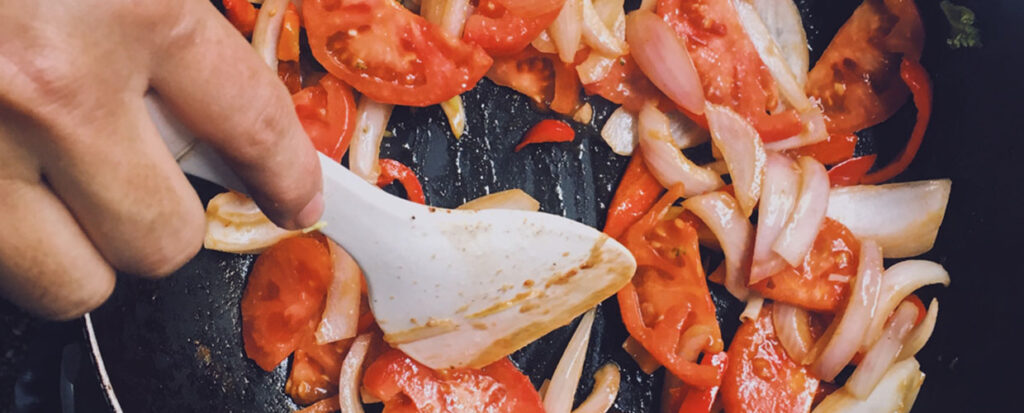
For one of the country’s leading packaged food innovation companies, we shipped a potential new product to consumers’ homes, then had them record their out of box experience, the preparation, and finally tasting of the product. Interestingly, while their initial impressions bordered on repulsion (“it looks like rabbit poo!”), the taste of the product was incredibly well received, providing the client with insight on how to tweak the product extrusion.
Write a love letter to the brand and read it aloud
For one of the world’s biggest furniture brands and retailers, we had loyalists write a love letter to the brand, and read it aloud on camera. It was for an exercise to get at what the core of the brand stood for, so having consumers – in their own words – craft and read a love letter on camera, it helped surface some of the deeper emotional connections they had with the brand.
Go to a drive thru
For a major QSR brand that was looking at re-designing its drive-thru menu board, we had consumers of the brand report on the before, during and after of the drive-thru experience at their stores. Recording video from inside their cars in the moment, the client was able to get a first-hand look at how and where the messaging was connecting and missing.
Shop for spray paint
For a global ad agency pitching a new potential client, we had consumes shop for the client’s product at a chain of major big box stores. Because like many categories, the product and landscape was crowded and competitive, so having consumers report on their thoughts on the buying process as well as packaging and displays helped drive a deeper understanding of how hard it would be for the brand to stand out.
Show us your favorite sports bras
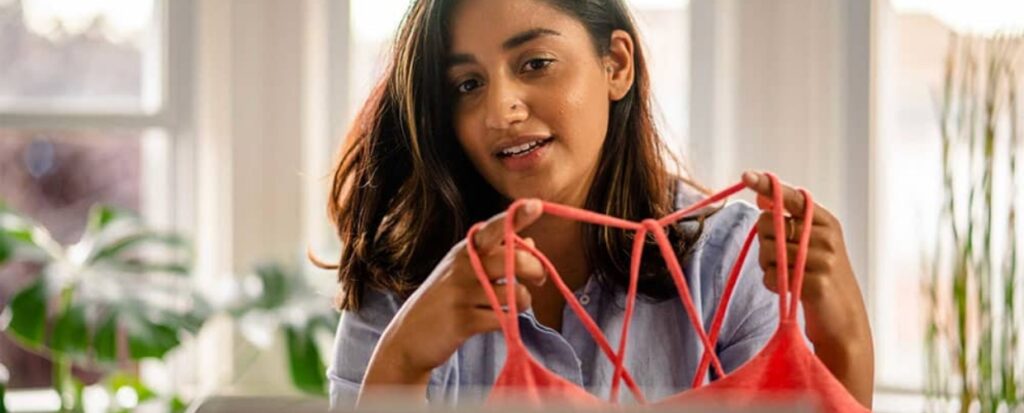
For a project to help re-launch and re-position a line of sports bras for a leading brand of sports footwear and apparel, we had women show us their collection of sports bras and talk about them. Any time people hold something and talk about it, it not only helps validate them as the right consumers, but it also makes them more animated and articulate in their responses.
Step outside of a party
For a project with truth (anti smoking), we had teens step outside from a party they were attending and record their responses to key questions that would arise for them in a party situation. Although the lighting quality was variable (a number of the responses were quite dark), the insights were powerful because they were so close to the moment (specifically a situation loaded with peer pressure).
SONOS diary
To understand how consumers’ relationship with music changed in the home using SONOS, we shipped speakers to people all over the world. And had them record their thoughts over a period of one month.
Laundry journey
To understand potential product extension zones of opportunity for a major European appliance brand, we had consumers deconstruct their before, during and after laundry journeys.
Political advertising
Early on in the Trump campaign when the first TV commercial launched, we were curious to understand if/how the messaging was resonating and connecting. While we are politically neutral, we predicted early on that he had tapped into a strong emotional undercurrent in the country, and our founder was quoted as such in Mother Jones magazine.
Introduce us to your cat
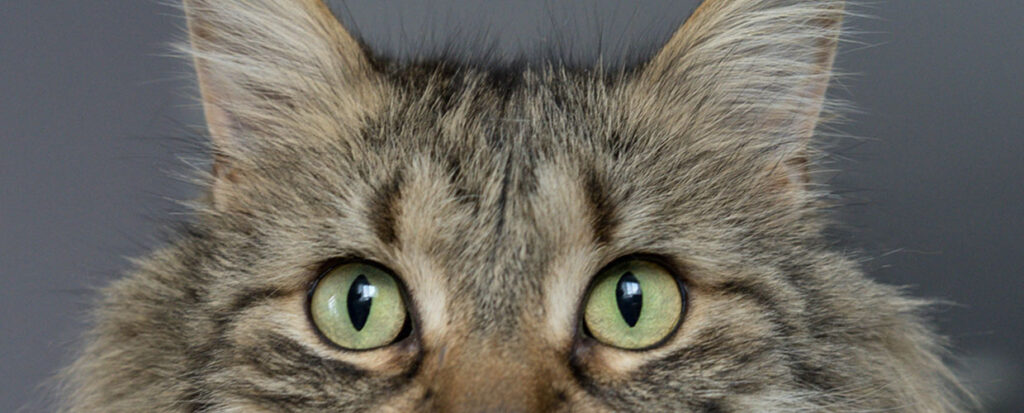
For a pet food study for one of the country’s biggest and best known brands, we had respondents introduce us to their cats in the first response. The technique helped not only validate that owners did indeed have cats, it made respondents more emotionally engaged, and helped add color/texture to their insights.
Show us the biggest villain in your home
Working with one of the world’s largest furniture brands and retailer, we had consumers show us what they deemed to be “the biggest villain in the home” with the goal being to understand how that connected to the American Dream.
Home use test
We have shipped food products, SONOS speakers, shoe prototypes and make-up to people’s homes and had them record everything from their “out of box” experience to preparation/set up, use and even removal of make-up.
